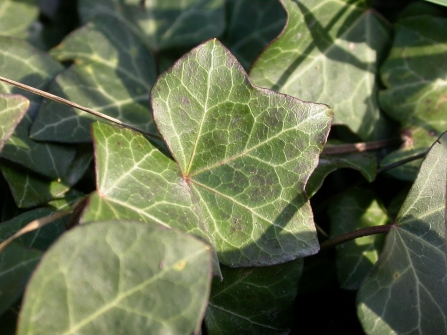First light and an early winter mist lies softly on the fields. Along the track the low sun is backlighting frosted cobwebs and the frozen stalks of last summer’s cow parsley. Just ahead my presence is flushing redwings and fieldfares out from the hedges. I have interrupted their gorging on a bounty of berries. Sloe, haw, hip and holly are all on the menu with these thorny thickets providing a rich larder for birds that have come from harsher climes to spend their winter with us.
Other birds will take advantage of these hedges at this time of year. At sunset hundreds of chattering starlings will take up roosting positions deep within the intricate tangle of shrubs and climbers. Here they will be protected from whatever the elements have in store over the long winter nights. Insects in various life stages are also holed up. Some careful exploration and you may find dormant ladybirds tucked deep into crevices under bark or the tiny eggs of the brown hairstreak butterfly lodged in the fork of a blackthorn branch. Meanwhile hidden away at ground level hedgehogs, toads, and newts are using the security of the dense vegetation for their seasonal slumber.
Later in the year our hedge will become a riot of colour, movement and scents with bees and butterflies visiting the flowers of campion, bramble and honeysuckle. Long tailed tits and wrens will be busily raising their broods; shrews and voles will be feeding, sheltering and defending their territories. But all that is yet to come and for now much of life lies waiting.
Thousands of miles of hedgerows such as this criss-cross our country in a familiar and historical patchwork landscape. Rich in wildlife this network of green highways links the habitats and populations of so many species, all living on the hedge.








